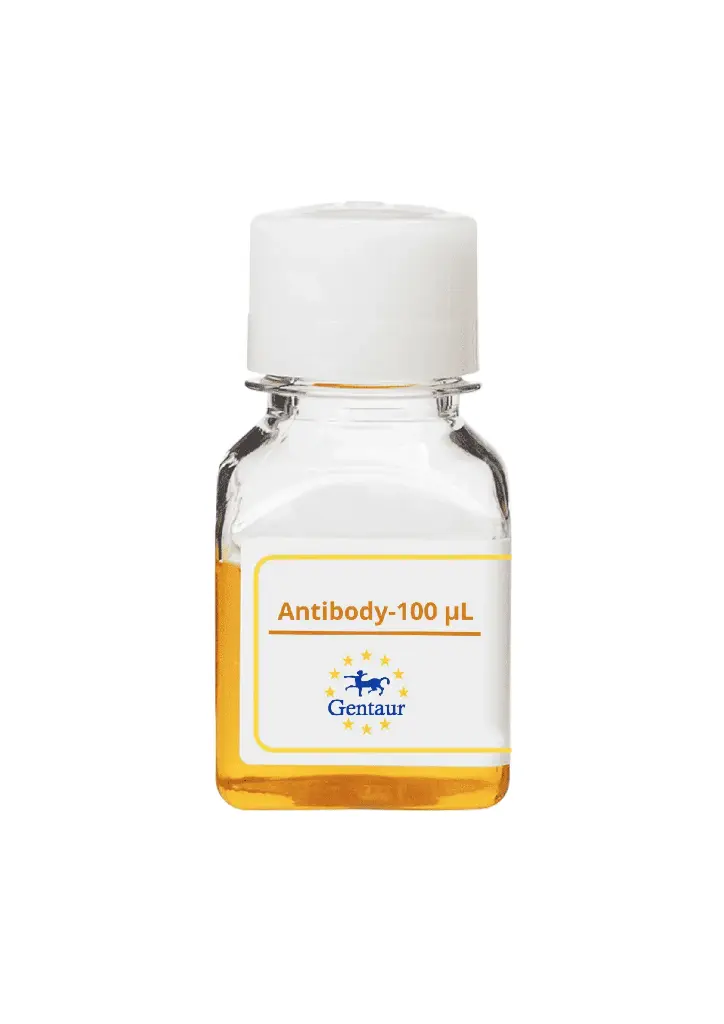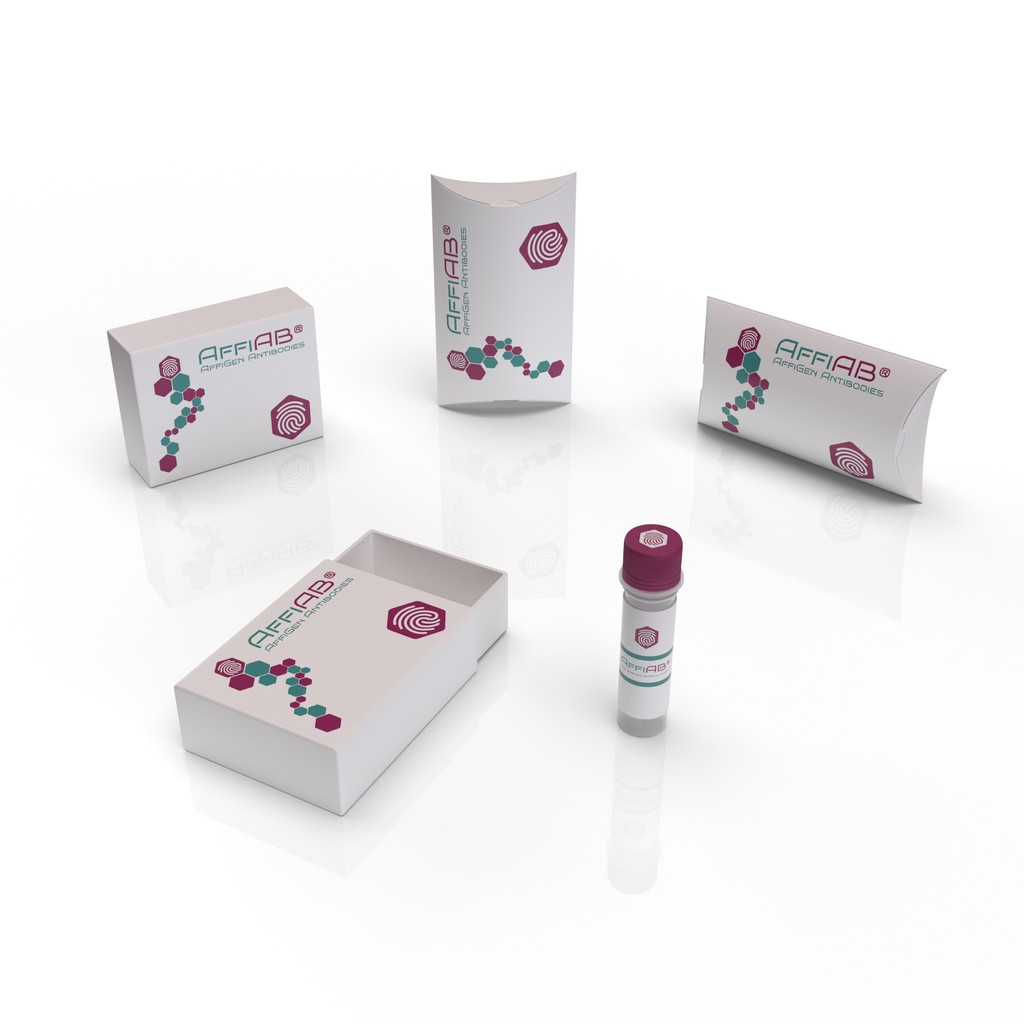ALKBH4 Antibody Biotin conjugated
Great stories have a personality. Consider telling a great story that provides personality. Writing a story with personality for potential clients will assist with making a relationship connection. This shows up in small quirks like word choices or phrases. Write from your point of view, not from someone else's experience.
Great stories are for everyone even when only written for just one person. If you try to write with a wide, general audience in mind, your story will sound fake and lack emotion. No one will be interested. Write for one person. If it’s genuine for the one, it’s genuine for the rest.
ALKBH4 Antibody: Technical Overview
Target Protein: ALKBH4 (AlkB homolog 4, lysine demethylase), encoded by the ALKBH4 gene, is a member of the ALKB family of non-heme Fe(II)/α-ketoglutarate (α-KG)-dependent dioxygenases. ALKBH4 functions primarily in the oxidative demethylation of lysine residues, with emerging roles in transcriptional regulation, actin cytoskeleton modulation, and cell cycle control.
Species Reactivity: Most ALKBH4 antibodies are designed to react with human ALKBH4; cross-reactivity has been reported in Mus musculus and Rattus norvegicus, depending on sequence homology at the epitope region.
Immunogen: The immunogen is typically a synthetic peptide corresponding to a region within the conserved C-terminal domain or a full-length recombinant human ALKBH4 protein. Selection of the immunogenic region often excludes the catalytic DSBH (double-stranded β-helix) fold to increase specificity for non-catalytic conformational epitopes.
Clonality: Available in both monoclonal and polyclonal formats:
- Monoclonal antibodies offer batch-to-batch consistency, high specificity, and are ideal for IHC and quantitative assays.
- Polyclonal antibodies provide broader epitope coverage and higher signal in western blot (WB) or IP, though with less reproducibility.
Host Species: Commonly raised in rabbit (monoclonals via recombinant rabbit hybridoma or phage display platforms), goat, or mouse.
Applications and Validation
- Western Blot (WB): Detects ALKBH4 at ~28–35 kDa, depending on post-translational modifications or splice variants. SDS-PAGE under reducing conditions is typically required for optimal band resolution.
- Immunocytochemistry (ICC) / Immunofluorescence (IF): Localizes ALKBH4 predominantly in the nucleus and cytoplasm. Proper fixation (e.g., 4% paraformaldehyde) and permeabilization protocols (e.g., Triton X-100) are critical for preserving subcellular architecture.
- Immunohistochemistry (IHC-P): Paraffin-embedded tissue sections have shown ALKBH4 expression in epithelial tissues, notably in gastrointestinal and reproductive tract epithelium.
- Chromatin Immunoprecipitation (ChIP): Antibodies that recognize DNA-bound ALKBH4 are utilized to map chromatin association profiles, implicating ALKBH4 in transcriptional control networks.
- Co-Immunoprecipitation (Co-IP): Used to identify ALKBH4 interacting partners, including cytoskeletal regulators and chromatin-associated factors.
Pathophysiological Relevance
- Actin Cytoskeleton Regulation: ALKBH4 interacts with actin-binding proteins and modulates cytoskeletal dynamics via hydroxylation of lysine residues on non-histone proteins. Disruption of ALKBH4 leads to defects in cytokinesis and cell polarity.
- Cancer Biology: Downregulation or mislocalization of ALKBH4 has been linked to tumorigenesis in colorectal and prostate cancers, potentially via dysregulated epigenetic modification and cytoskeletal destabilization.
- Epigenetic Modulation: While not a canonical histone demethylase, ALKBH4 exhibits putative demethylase activity on mono- or di-methylated lysine residues, contributing to non-histone lysine methylation dynamics.
Storage and Handling
- Formulation: Typically provided in Tris or PBS buffer with 0.02–0.05% sodium azide and 50% glycerol for stability. Lyophilized forms should be reconstituted in sterile water or assay buffer per datasheet instructions.
- Storage: -20°C for long-term storage; repeated freeze-thaw cycles should be avoided. For frequent use, aliquoting is recommended.
- Concentration: Varies by lot, generally in the range of 0.2–1.0 mg/mL.
Epitope Mapping and Specificity Controls
- Epitope validation using peptide competition assays and ALKBH4 knockout or knockdown cell lines (e.g., CRISPR-Cas9 edited HEK293T or HCT116) confirms specificity.
- Sequence alignment across ALKBH family members is essential to assess cross-reactivity, especially with structurally related paralogs like ALKBH3 and ALKBH5.

